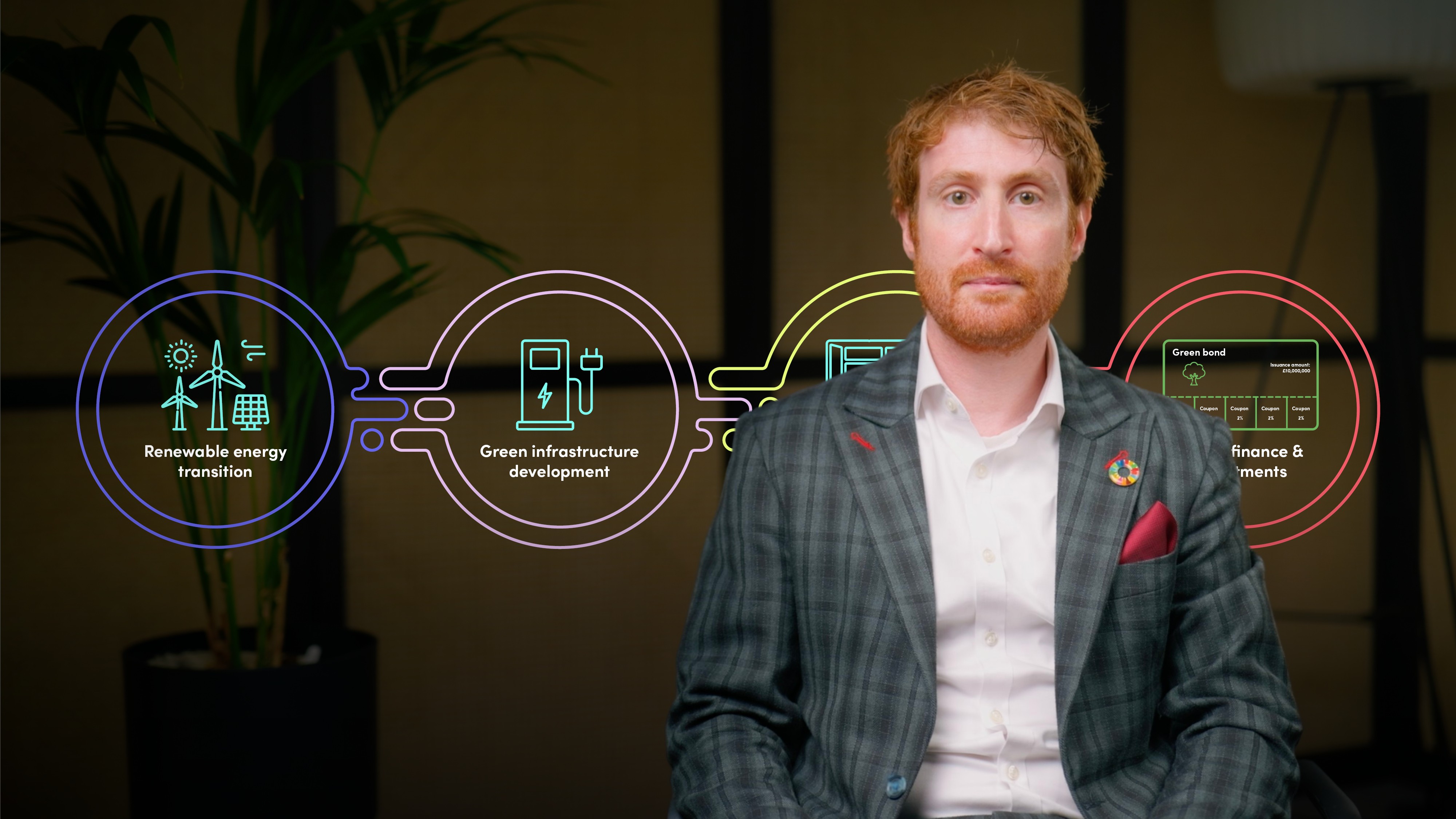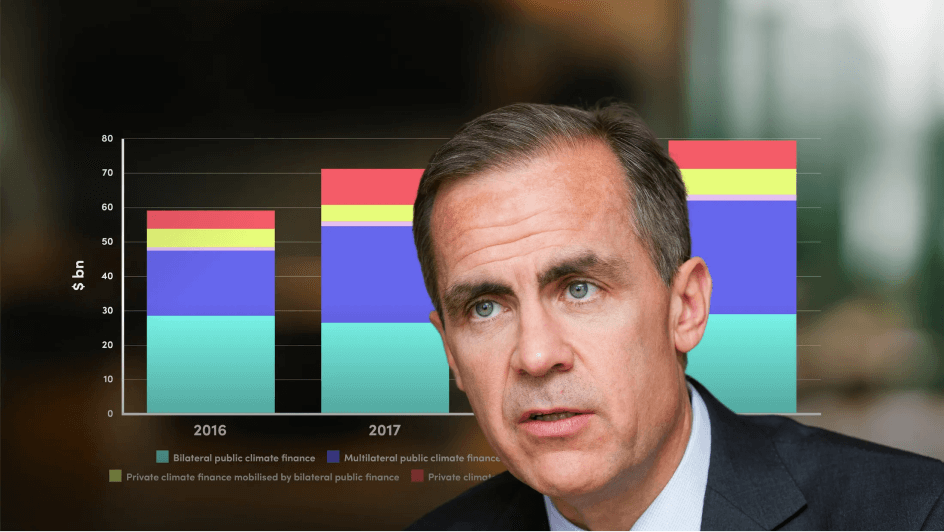What kinds of opportunities does climate change create for financial institutions and the wider economy?
Climate change offers transformative economic opportunities. The energy transition alone is reshaping industries, spurring growth in renewables, battery technology, electric vehicles, and energy-efficient infrastructure. These aren’t fringe sectors; they are fast becoming economic mainstays. For financial institutions, this opens new investment landscapes and allows for innovation in sustainable products, such as green bonds, ESG funds, and climate-linked loans. More broadly, the transition enables long-term value creation, enhances institutional resilience, and aligns portfolios with emerging regulatory, societal, and consumer expectations. Institutions that move early benefit not only from financial returns, but also from reputational leadership, increased investor interest, and a seat at the table in defining the future of finance. Climate action, in this sense, is both risk management and opportunity capture.
Why is climate finance critical to both mitigation and adaptation?
Climate finance underpins every serious effort to reduce emissions and build resilience. On the mitigation side, it funds the transition to clean energy, sustainable infrastructure, and carbon-negative technologies. On the adaptation side, it supports communities in preparing for climate impacts like flooding, drought, and heatwaves. Without adequate financial flows, neither side of the equation can scale. Climate finance must come from both public and private sources, including grants, loans, and market-based tools like green bonds or carbon pricing. It’s the bridge between ambition and implementation.
What are stranded assets, and how can financial institutions avoid them?
Stranded assets are investments that lose value due to climate-related shifts, such as policy changes, technological advances, or market dynamics. Most commonly, they’re fossil fuel assets rendered obsolete in a decarbonising economy. To avoid this, institutions should reassess exposure to high-emissions sectors, stress-test portfolios, and pivot toward low-carbon investments. Early action reduces long-term risk and positions institutions ahead of inevitable shifts in regulation and market demand.
Where are the greatest investment needs and what sectors are attracting climate finance?
Transport and energy systems dominate climate investment needs, requiring $3.2 trillion and $2.1 trillion annually through 2050. Solar, wind, electric vehicles, and battery technologies are currently drawing the most capital due to high scalability and proven impact. However, the regional distribution of investment remains skewed: 75% of all climate finance goes to East Asia, Europe, and North America, leaving developing regions underserved despite being disproportionately affected by climate change. This imbalance presents a dual challenge and a major opportunity. Closing the climate finance gap in Latin America, Africa, and South Asia is not just a development priority, it’s a necessity for achieving global climate goals. Institutions that invest in these regions can generate impact, returns, and long-term resilience.
How can financial institutions lead the shift toward a low-carbon economy?
They must act early, embed climate risk into decision-making, and finance the transition. That includes supporting renewables, offering green financial products, and aligning with frameworks like the TCFD or ISSB. Leadership also means addressing equity, and ensuring finance reaches vulnerable regions. Those who evolve quickly will benefit from regulatory alignment, market share, and public trust. Those who delay risk being left behind.

































